The IEEE Student Branch Klagenfurt
The IEEE Student Branch is an organization within the IEEE. The IEEE is organized in ten regions, where Africa, Asia, and Europe from Region 8. The regions themselves are organized in sections. Our Student Branch is a sub organization of the Austrian Section. We are one of hundreds of Student Branches all over the world. Our Student Branch is organized by the Executive Committee which is elected every year around February.
Members of the Executive Committee 2017
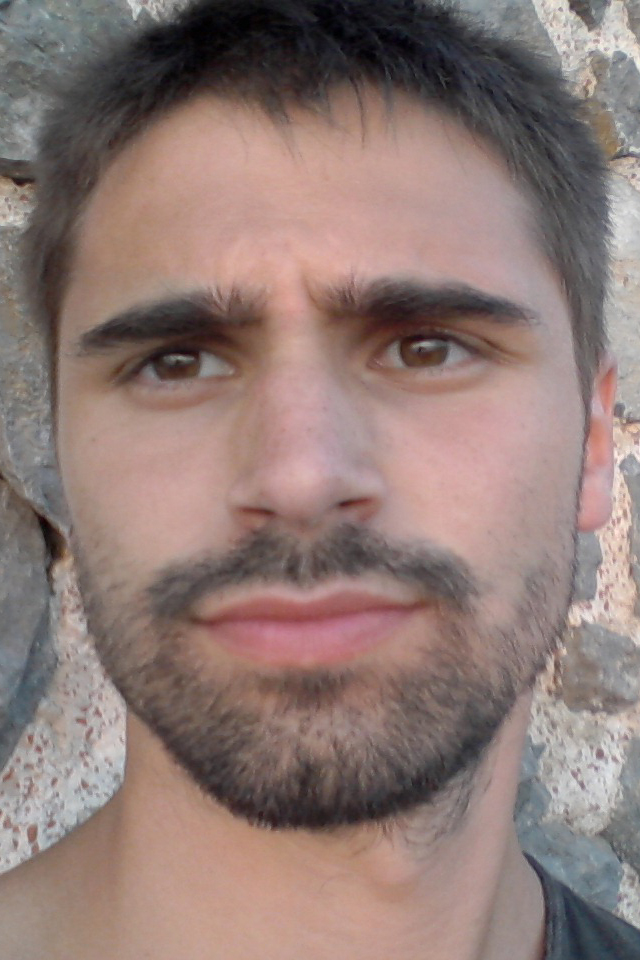
Chair – Giacomo Da Col
Giacomo received his B.Sc. in 2012 at Università degli studi di Udine. He was then selected to participate in a joint degree program between Università degli Studi di Udine and Alpen-Adria-Universität Klagenfurt. In 2015 he received his M.Sc. degree (cum laude) from both universities. Giacomo is currently studying at the Alpen-Adria-Universität Klagenfurt as a Ph.D. student, and he is involved in a project with the HINT group, in collaboration with Siemens and Infineon.
[clear]
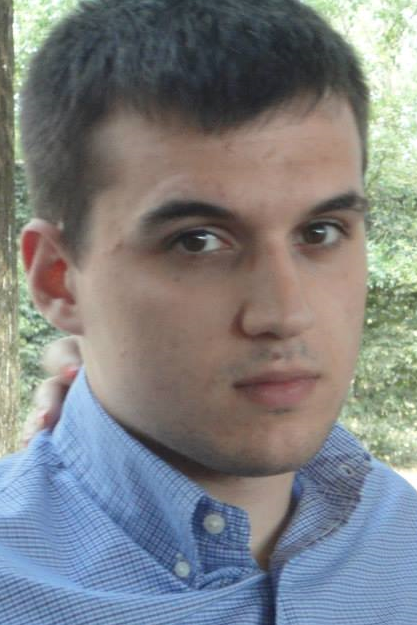
Vice-Chair – Giovanni Liva
Giovanni Liva studied Computer Science in Udine receiving his B.Sc. in 2013. In 2015 he received his M.Sc. degree cum laude in the joint program between Università degli Studi di Udine and Alpen-Adria-Universität Klagenfurt. He is currently a PhD student in the ISYS group working on Software Reengineering.
[clear]
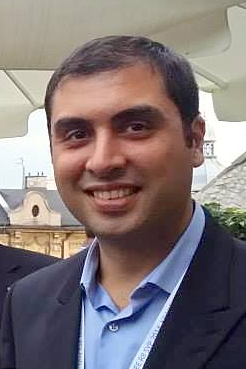
Treasurer – Pasquale Grippa
Pasquale Grippa received his B.Sc. degree and M.Sc. degree (cum laude) in electronics engineering from the University of Salerno in 2007 and 2011, respectively. During his studies he was also a guest student at the Technical University of Berlin and a research assistant at the Fraunhofer Heinrich Hertz Institute in Berlin. He is currently a researcher and a Ph.D. student at the Institute of Networked and Embedded Systems, AAU Klagenfurt, working on decision making in networks of aerial robots.
[clear]

Student Branch Coordinator – Philipp Hübner
Philipp Hübner was born in 1987 in St. Veit, Austria. He studied “Embedded Systems Design” at the University of Applied Sciences in Hagenberg where he received his MSc in 2013. From July 2012 until June 2013 he was working on his thesis in the field of digital system design and verification at the European Organisation for nuclear research (CERN) in Geneva, Switzerland. During his bachelor studies he also completed an internship at the Neuroscience Research Australia (NeuRA) in Sydney. In November 2013 he joined the Pervasive Computing Group as a research staff member involved in the “TrustEYE” project. In January 2014 he joined the CROSMOS project and works as a teaching assistant since June 2014. Former Chair 2016.
[clear]
Secretary – Mario Luiz Previatti de Souza
Mario Luiz Previatti de Souza received his B.Sc degree and M.Sc degree in Pure and Applied Mathematics from the Universidade Federal de Santa Catarina (Brazil) in 2013 and 2015, respectively. He is a current PhD student in Alpen-Adria-Universitat Klagenfurt in the Inverse Problems research group and he is involved in a FWF project.
[clear]

Web Officer – Marco Franceschetti
Marco Franceschetti studied Computer Science in Udine receiving his B.Sc. in 2012. He then enrolled in the Double Degree program in Computer Science between Università degli Studi di Udine and Alpen-Adria-Universität Klagenfurt, from both of which in 2015 he received his M.Sc. degree cum laude. He is currently a PhD student in the ISYS group at the Alpen-Adria-Universität Klagenfurt working on Business Process Engineering.
[clear]
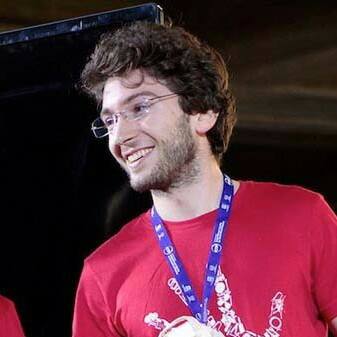
Graph Designer – Emanuele Santellani
Emanuele Santellani studied Electronical Engineering in Udine receiving his B.Sc. in 2015. He is currently studing for his master degree in a joint program between Università degli Studi di Udine and Alpen-Adria-Universität Klagenfurt.
[clear]
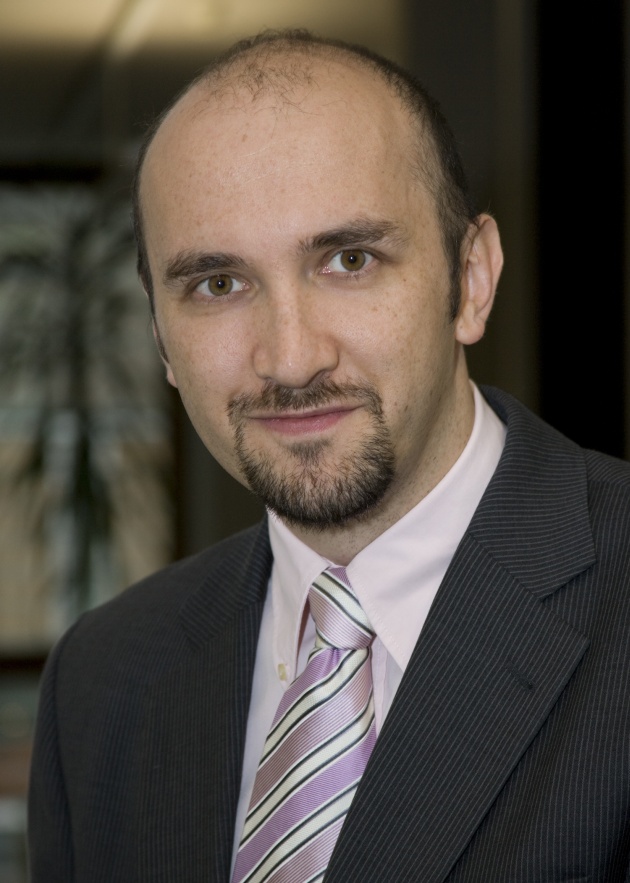
Counselor – Wilfried Elmenreich
Wilfried Elmenreich joined the Mobile Systems group as a senior postdoc researcher in 2007. He is also affiliated with Lakeside Labs, a research cluster investigating self-organizing networked systems. His interests are wireless sensor networks, real-time systems and protocols, and self-organizing systems. Wilfried studied at the Engineering School for Electrotechnics and Control in Weiz, Styria and graduated at the Vienna University of Technology where he received a Master’s degree in computer science in 1998 and a Ph.D. degree in technical sciences in 2002. His doctoral thesis addresses the sensor fusion problem in time-triggered systems. From 1999 to 2007, he was a research and teaching staff member at the Institute of Computer Engineering at TU Wien. In 2008 he was granted habilitation (venia docendi) from the Vienna University of Technology.
[clear]









